If you enjoy shooting in places far from your home, you will probably need to carry a gun (and ammunition) on an airplane to get to your destination. While most “gun destinations” cater to high power rifles and shotguns, many “destinations” are for target-shooting matches where the guns are more-typically .22 rifles, pistols and air rifles.
StepsMethod 1Method 1 of 2:Traveling in the US
1Get a good case. The best cases are those made by Pelican,X Starlight, and similar companies. These cases are tough! Supposedly a tank can roll over them without damage to the contents. TSA and airline baggage handling is rough on cases, so the best case is a requirement. The typical Walmart case simply will not do.The best cases have foam linings that can be cut to fit your gun(s). In many cases, you must make cutouts since the guns will not fit without cutting. Do not cut openings for ammunition — even for car travel, it is often illegal to have ammunition packed with the weapon. You can provide for magazines and other gear, though.Pistols can be packed inside of regular luggage. Since the theft of any gun is a consideration, having a case that does not resemble a gun case can be an advantage. Obviously, having your pistols enclosed in regular luggage provides this obfuscation. Some people pack rifles in golf club travel containers. The Pelican-like cases are not as obviously “gun” cases as these are also used for demonstration equipment, tools, and instruments.
2Some people feel that scopes should be dismounted before travel. With cases such as suggested with very thick foam, this is probably not required but is a simple step that may prevent problems.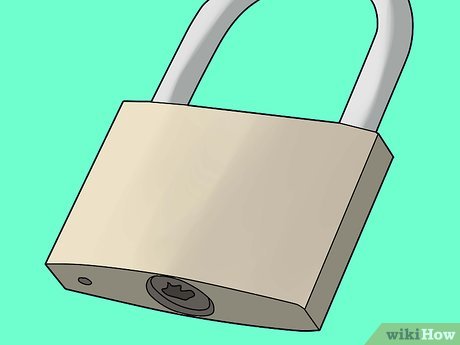
3Use a NON-TSA approved lock. While many will tell you to use a TSA approved lock, this is actually prohibited by 49CFR 1540.111, the regulation that governs firearm transportation.X It should be noted that the TSA usually allows the use of TSA locks but in reality, they are not legal as they are designed to be opened by a TSA master key, which is expressly prohibited by the above regulation. The TSA will ask you to unlock the case or provide them a key (do not give them the combination if a combination lock is used), then they will visually inspect the packing of your gun, after which they will either have you re-lock your case or they will re-lock it and return your key. TSA agents are not trained or allowed to handle a firearm, so no contact should be made in that manner. If an agent feels the firearm requires in-depth inspection, they must have a law enforcement officer come over to perform that function. If re-inspection is deemed necessary after the bag is checked, they will locate the owner and have them open the case again, so it is wise to remain in the area or on the aircraft after checking the firearm. Buy the best non-TSA locks you can find.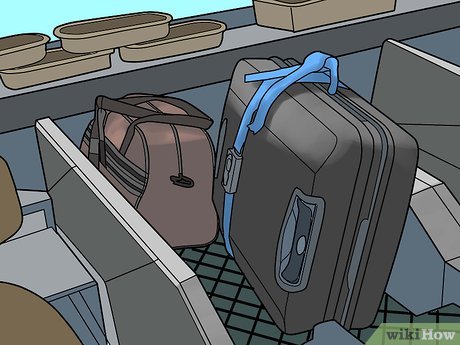
4For guns, the first step on arriving at the airport is to proceed directly to the baggage check-in — you cannot use curbside check-in. Declare to the attendant when you get to the counter, “I have a gun to check.” (Note, airgun/air rifle/air pistol are not considered firearms and do not require declaration but do have to be placed in checked baggage and it is wise to alert the agent as to avoid a delay due to a misunderstanding.) Air tanks are not allowed past TSA without internal inspection. That said, a tank attached to a gun is considered to be part of the gun and not a tank. Thus, limit yourself to one attached tank — if you must have additional tanks, either prepare them for internal inspection (X-Ray is not enough, unfortunately) or ship them separately. Just-in-case, it is a good idea to travel with the tools to allow internal inspection of an airgun tank. The tanks should all have air pressure released before inspection or take the tool to release the pressure if necessary. There is no danger of explosion from travel.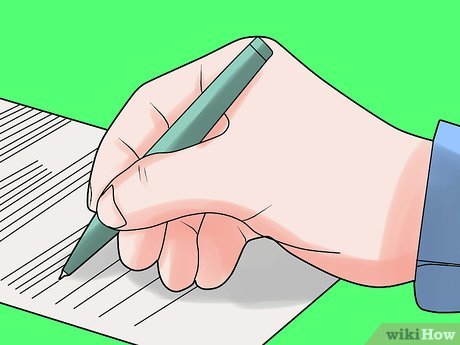
5The attendant will ask for a declaration that the gun is unloaded. There is a form you fill-out with this declaration that goes into the gun case. You will get a baggage tag for your gun and other luggage. Your gun will be sent to the TSA inspector for the next stage of processing.X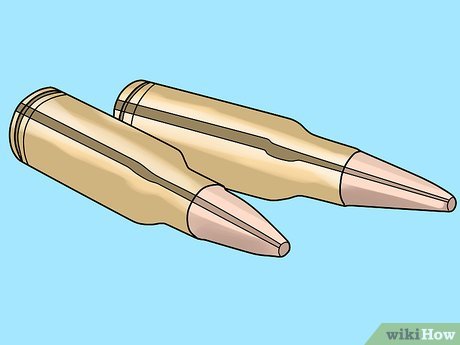
6Ammunition can be packed separately in your checked luggage or in the same case as the gun (as long as it is .75 caliber or less, that is). There are state restrictions on having ammo packed with the gun that may apply, too! There are usually airline limits on how much ammunition that can be carried, typically 5 kilograms (11 pounds) per person. Check with the airline for these limits. Again, you can always ship ammunition separately. While it is relatively easy to ship ammunition, shipping guns is not simple.XTrustworthy SourceU.S. Transportation Security AdministrationU.S. government agency responsible for ensuring safety by setting and enforcing travel protocolsGo to source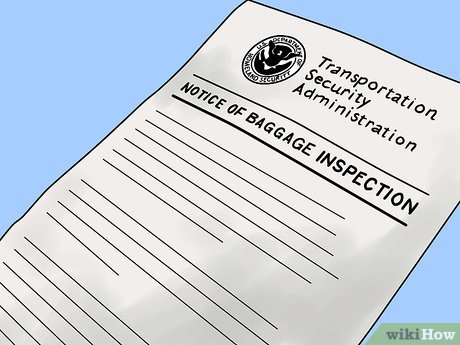
7TSA inspection is usually pretty cursory. As stated above, they are only allowed to visually inspect the firearms packing and the content of the case. They are allowed to search the case in depth which may require manipulating the firearm somewhat along with the packing, but no manipulation of the firearm in terms of opening the action, removing parts or magazines or dis-assembly of any type. If this is deemed necessary by the agent, they must have a law enforcement officer come to the area and perform that action. While unlikely, you may be asked to explain your reasons for traveling with a gun. If so, be nice. A short and simple answer is all that is needed. Something like “protection while on my trip,” “hunting,” or “attending a shooting event”. Most likely nothing will be asked. The most I have encountered to date have been statements of positive admiration for my firearms by the inspecting agents.
8Once the inspection is complete, close and lock the case and put away your key. Your gun should then become “luggage” except for possibly being routed to special handling upon arrival at your destination. While the airline may tell you that your guns will arrive in a different area than you baggage (think skis), in practice they will often just be luggage and arrive with your other bags. Ask the agent where to expect them if not informed and immediately check with the staff at the arriving airport as well but be ready to check both special handling and regular baggage arrivals.Method 2Method 2 of 2:International Travel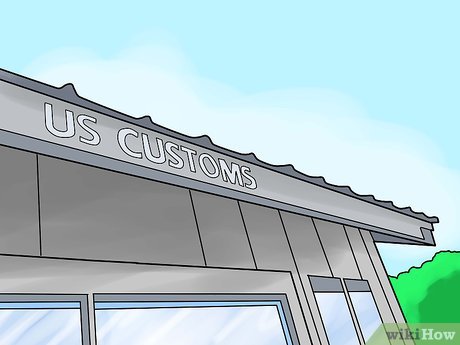
1In addition to the above, for international travel you must obtain the rules and regulations for US Customs and the country (countries) you will be visiting or transiting.X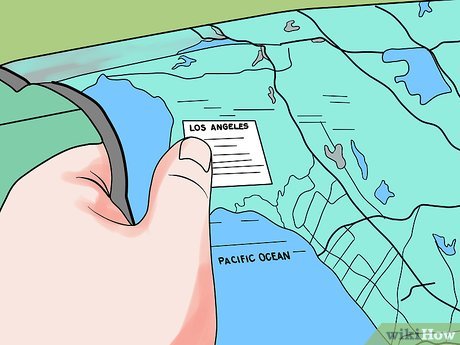
2If possible, plan your travel with direct flights. This avoids not only possible delays but lost baggage and any problems with transporting a gun through a third country.X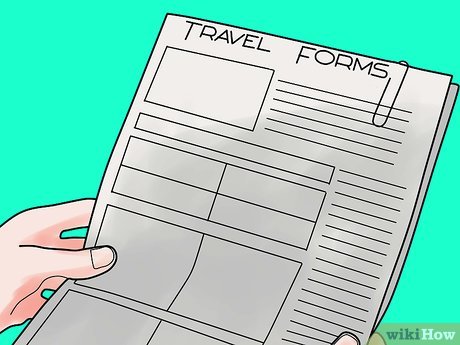
3Get all necessary forms from the host country early. Also, back that up with a call to the host country embassy here in the US and make sure you’re not missing anything. Event organizers can often provide most of the required information for getting a rifle into their country; pistols may be far more difficult.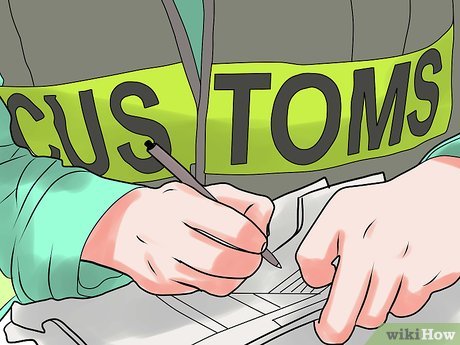
4Get a US Customs to form 4457 signed in-person by a Customs office prior to leaving.X This is so that you can get your gun back into the US without paying duty (especially applicable to guns made outside of the US; this also applies to cameras and other foreign-made items). Once you have this form, hang on to it as it can be reused. This can be done on departure day, but make sure you have a Customs Office available at your departure airport. Call the office directly, and do not depend on information from your airline regarding Customs availability.X








